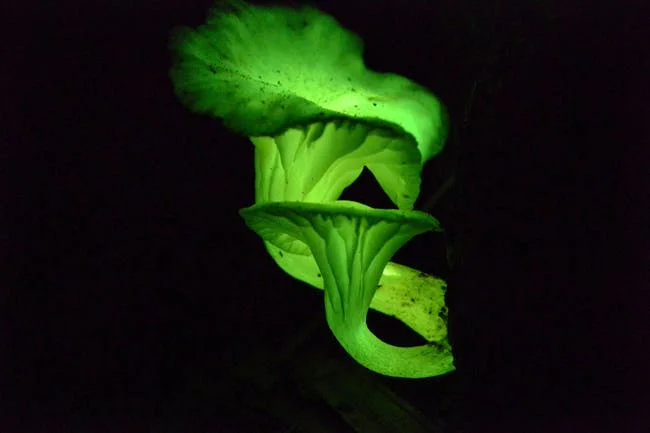During this bonus episode, Bill interviews Gordon Maupin, former director of the Wilderness Center in northeastern Ohio and, along with Joann Ballbach and Gary Popotnik, the former host of "Wild Ideas...The Podcast".
"Wild Ideas" was (and is) an excellent resource for information on natural history and it was a strong influence on our decision to start our own podcast after it ended in November 2014- less than a year before we released the first episode of The Field Guides.
Enjoy the episode and "...as always, all you moms and dads, make sure your children get outside. Always great to let them go out there and roll over a log, turn over a rock. Make sure they get wet, muddy, and dirty, Just make sure they get outside and play."









